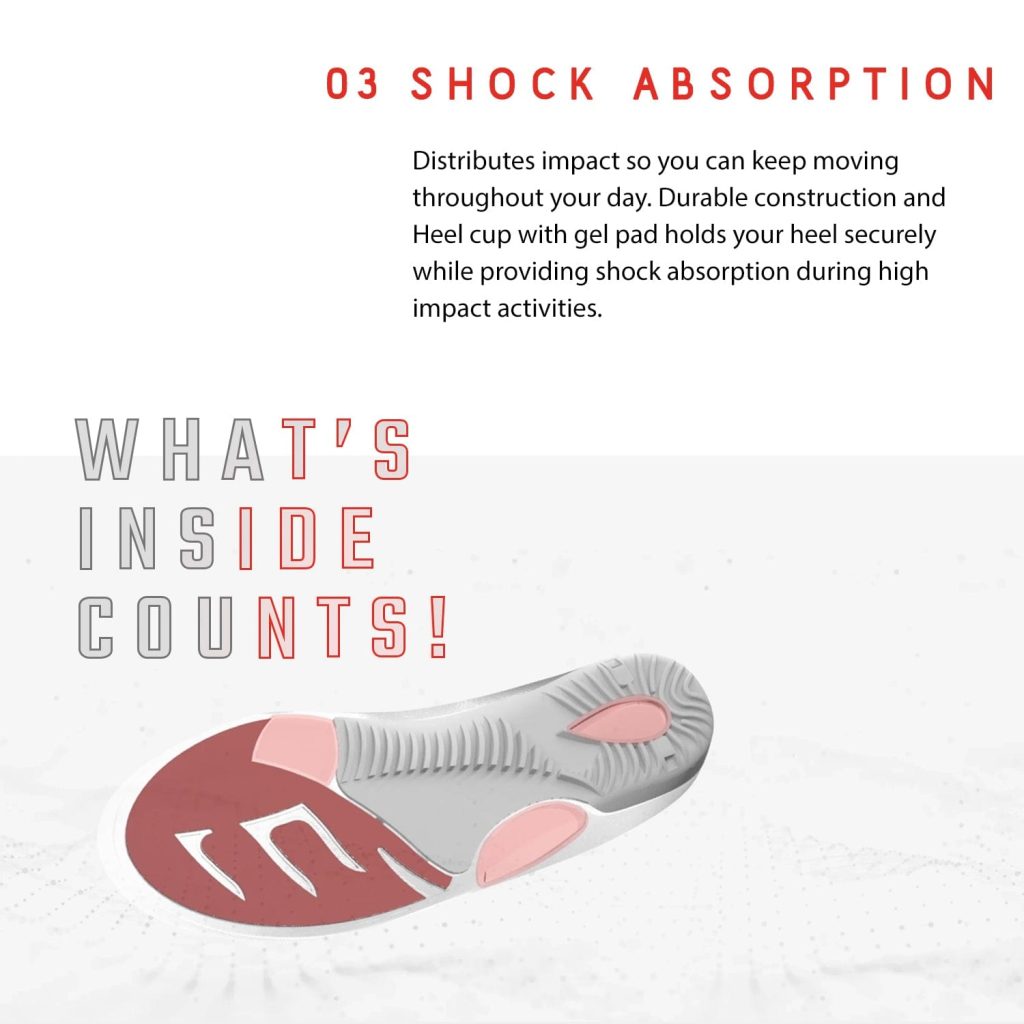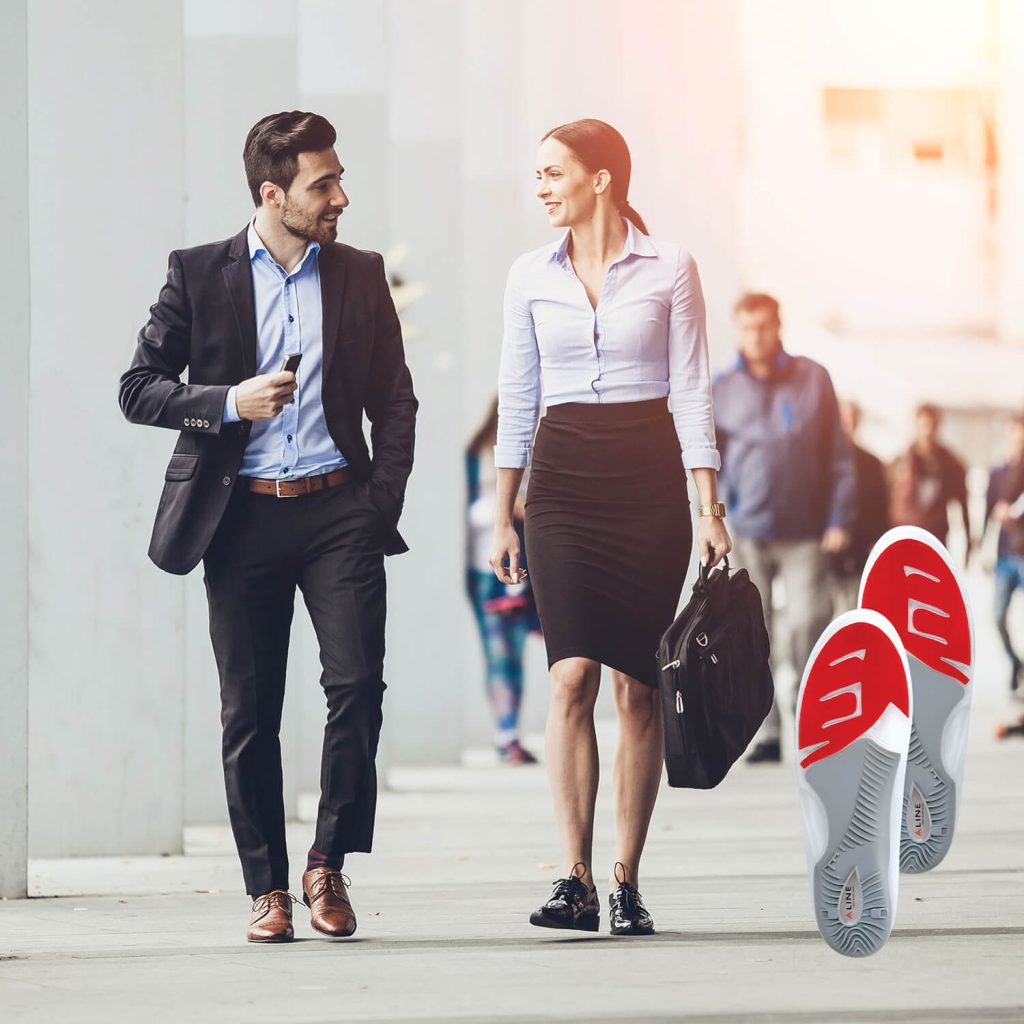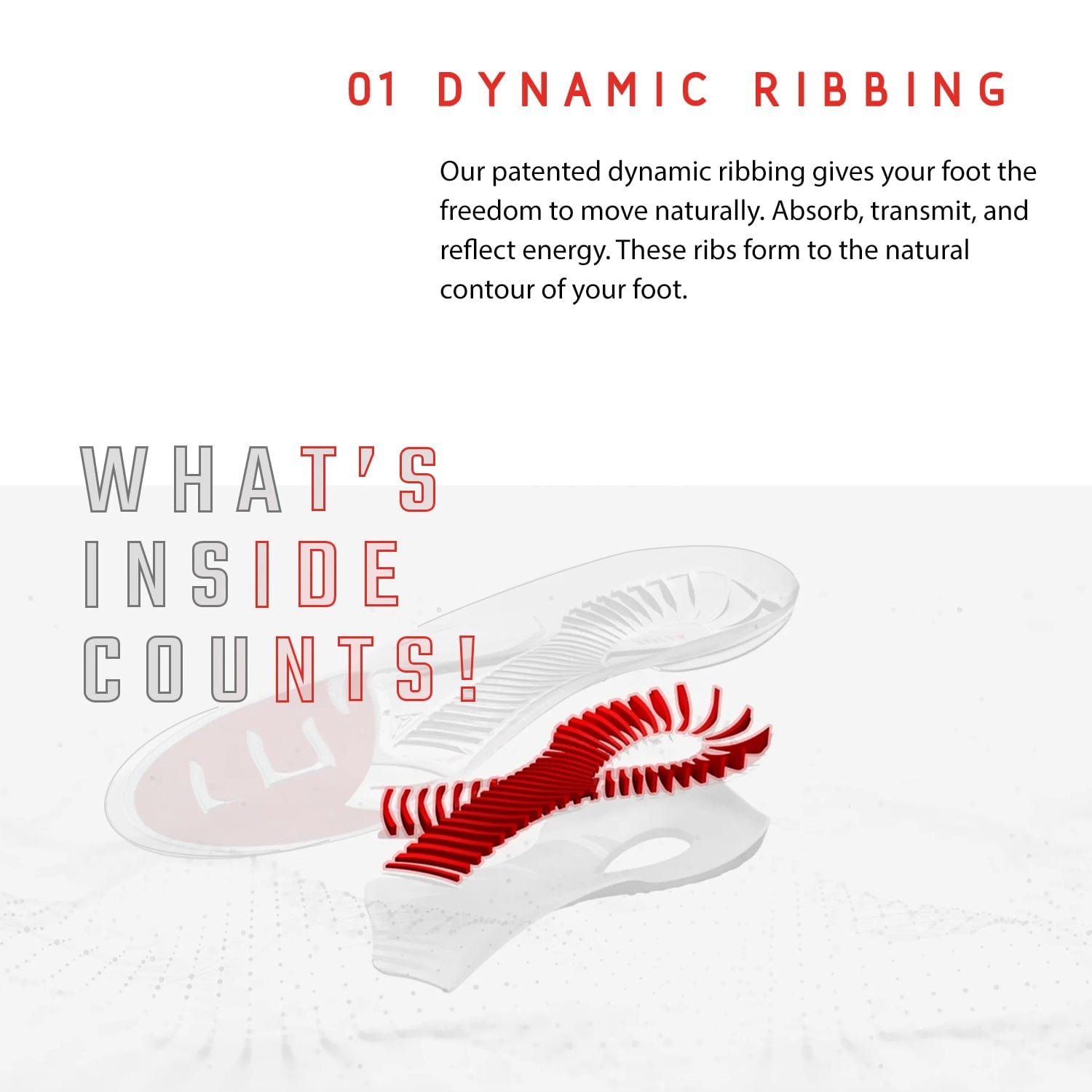Can Orthotic Insoles Really Ease Lower Back Pain?
Lower back pain is a widespread issue, affecting people across various age groups and professions. While there are numerous solutions available, orthotic insoles are gaining popularity as an effective approach to alleviating discomfort. The big question remains: can orthotic insoles truly provide relief for lower back pain? This article delves into the science, benefits, and considerations associated with orthotic insoles, examining how they work and their effectiveness for back pain relief.
The Connection Between Foot Alignment and Lower Back Pain
Foot alignment plays a crucial role in maintaining the body’s overall posture. Misalignments in the feet, such as flat arches or pronation, can lead to imbalances that put strain on the lower back. Orthotic insoles aim to correct these issues, providing stability and reducing pressure on the lower back. With improved alignment, orthotic shoe insoles can prevent the chain reactions in posture that often contribute to chronic back pain.
How Orthotic Insoles Work to Relieve Pain
Orthotic insoles are designed to provide support by aligning the feet and distributing pressure evenly. When used correctly, they help stabilize the foundation of the body, reducing strain on the spine and surrounding muscles. By minimizing abnormal movement in the feet, these insoles can potentially decrease the discomfort felt in the lower back and even promote long-term improvements in posture and gait.
Why Poor Foot Support Can Aggravate Back Pain
Poor foot support, whether due to inadequate footwear or improper foot posture, can have far-reaching effects. Without proper cushioning, the impact on the spine and joints is amplified, worsening existing back pain. Wearing orthotics offers better arch support and improved shock absorption, both of which help alleviate these issues, making them one of the best insoles for work boots or any other daily footwear.
Who Can Benefit from Orthotic Insoles?
Orthotic insoles are suitable for individuals of all ages, particularly those who spend long hours on their feet. People with jobs that require standing or walking, such as healthcare workers or factory employees, may find substantial relief with these insoles. Athletes who experience lower back pain from high-impact activities also report improvement in comfort and performance with customized orthotics designed for sports.

Custom vs. Over-the-Counter Insoles: Which Is Better?
Choosing between custom and over-the-counter insoles can be challenging. Custom insoles are specifically designed for an individual’s unique foot structure, providing targeted support that addresses specific issues like uneven foot pressure. Over-the-counter insoles, on the other hand, are affordable and readily available but may not offer the precision of custom orthotics. Both options have their merits, but custom insoles tend to be more effective for chronic lower back pain.
The Role of Arch Support in Alleviating Back Pain
Proper arch support is essential for balancing the body’s weight distribution and reducing strain on the lower back. Orthotic insoles come in various levels of arch support, designed to meet the needs of different foot types. High arches, low arches, and flat feet each require specific support to prevent imbalances. By supporting the arches, orthotic insoles can reduce the risk of overloading the spine and surrounding muscles, which helps ease back pain.
How Orthotics Improve Posture and Gait
Orthotic insoles can correct postural imbalances and promote a healthier gait by stabilizing the feet. Improved posture helps maintain a straight spine and keeps the lower back in a neutral position. Poor posture often results from incorrect foot positioning, which can strain the lower back. With consistent use, orthotics can help create a more natural walking motion, which may reduce back pain over time.
Relieving Pressure on the Spine with Orthotic Insoles
Every step taken without proper foot support puts additional strain on the spine. Orthotic insoles act as a buffer, absorbing shock and preventing excessive pressure on the vertebrae. This redistribution of weight lessens the impact on the lower back, allowing it to recover and reducing the risk of further injury. For those with chronic back pain, this can be a transformative change in comfort.
What to Expect When First Using Orthotic Insoles
When beginning to use orthotic insoles, some people experience mild discomfort as the body adjusts to the new support. This adjustment period is normal and usually lasts only a few days. It’s recommended to gradually increase the time spent wearing them, allowing the muscles and joints to adapt. Once accustomed to the insoles, many users report noticeable reductions in pain and improvements in daily comfort.
How Long Does It Take to See Results?
The timeline for pain relief with orthotic insoles varies from person to person. Some individuals experience relief within days, while others may take several weeks. Factors such as the severity of the back pain, level of activity, and frequency of use all influence how quickly results appear. Consistent wear and proper usage play crucial roles in achieving the best outcomes for lower back pain relief.

Can Orthotics Prevent Future Back Pain?
Orthotics not only alleviate existing pain but also have the potential to prevent future issues by promoting proper alignment and supporting the spine. By addressing imbalances at the root, they reduce stress on the lower back, creating healthier movement patterns. For those at risk of recurring back pain, especially individuals with high physical demands, orthotics can serve as a preventative measure.
Other Health Benefits of Orthotic Insoles
Orthotic insoles offer benefits beyond back pain relief, including reduced foot fatigue, improved circulation, and enhanced balance. These insoles support the feet in such a way that energy is preserved, allowing for longer periods of activity without discomfort. People who use orthotic insoles often report increased comfort in their knees and hips as well, since proper foot alignment relieves strain throughout the lower body.
The Importance of Choosing the Right Shoes for Insoles
The effectiveness of orthotic insoles can be compromised if they are placed in unsupportive footwear. Selecting shoes that provide ample room and stability ensures that the insoles can function as intended. High-quality shoes with sturdy outsoles and a good fit are essential for maximum comfort and effectiveness, especially for those relying on their orthotics for lower back pain relief.
Can Orthotic Insoles Replace Medical Treatment?
While orthotic insoles can be an effective aid in managing lower back pain, they are not a substitute for medical treatment in severe cases. Individuals with persistent or worsening pain should consult a healthcare professional for a comprehensive evaluation. Orthotics are best used as part of a holistic approach to pain management, which may include physical therapy, exercise, or other medical interventions.
FAQs
Are Orthotic Insoles Safe to Use Long-Term?
Yes, orthotic insoles are generally safe for long-term use, especially when chosen correctly and used in supportive footwear. They are designed to align and support the feet without causing harm. Long-term users of orthotics often experience enhanced comfort, reduced pain, and improved posture over time.
Do Orthotics Work for Everyone with Back Pain?
Orthotics may not be suitable for everyone. People with specific structural conditions or severe back injuries may not experience the same benefits as those with foot-related imbalances. Consulting a professional can help determine if orthotics are appropriate for a person’s unique needs.
Can I Use Orthotic Insoles in Any Shoes?
Orthotic insoles are versatile but work best in shoes with adequate support and structure, such as athletic shoes or work boots. Some insoles are specifically designed for certain types of footwear.
READ MORE…..

